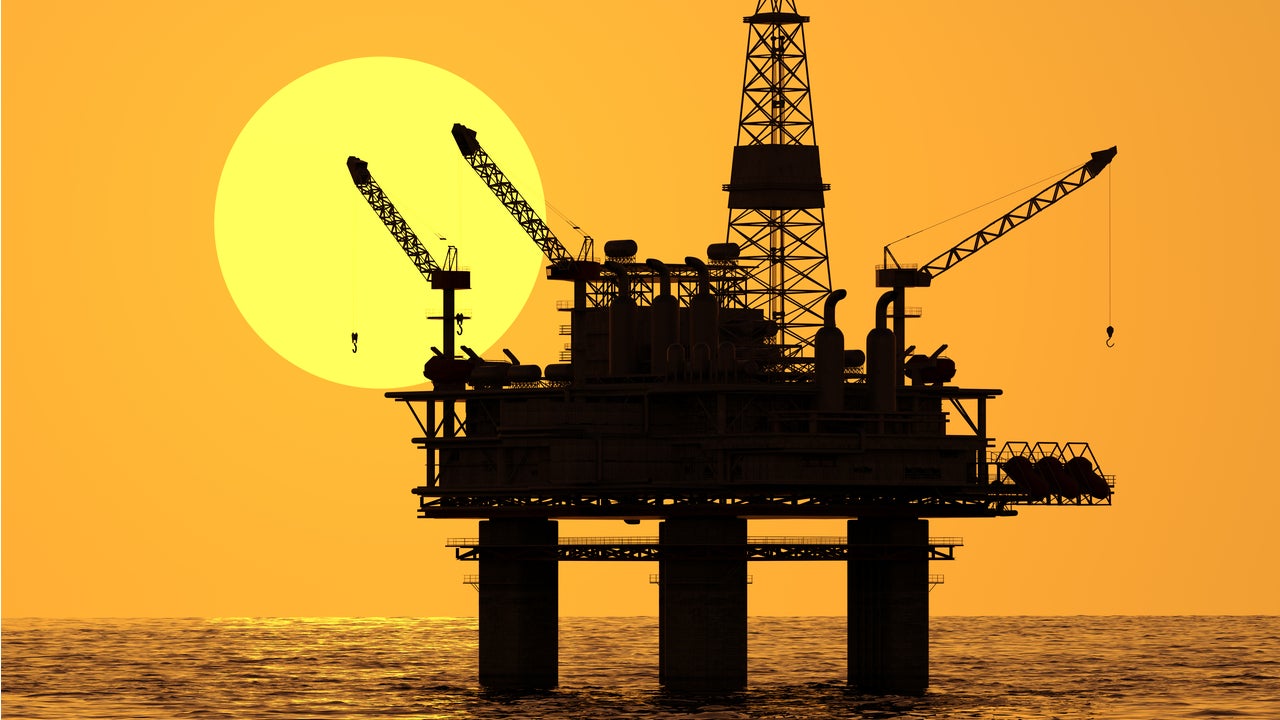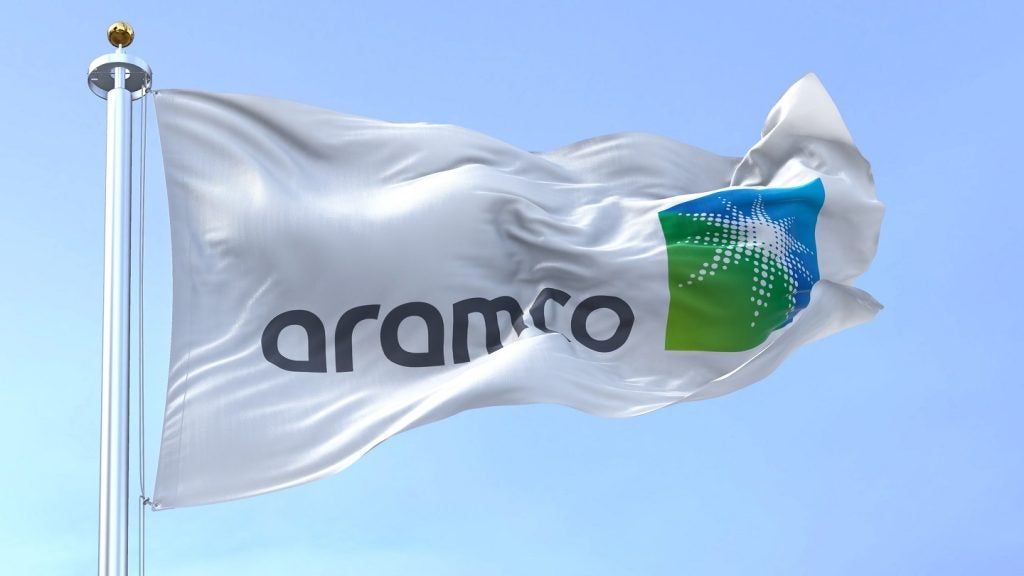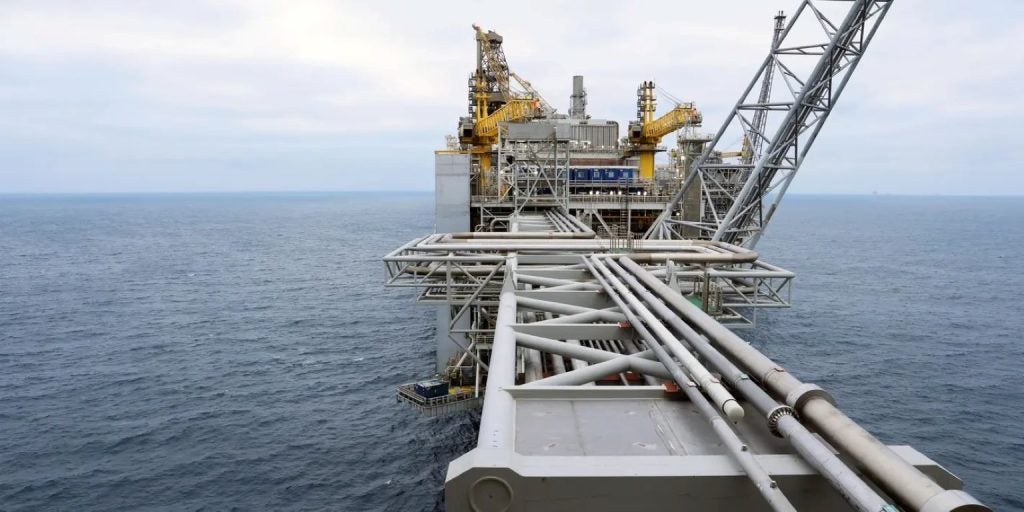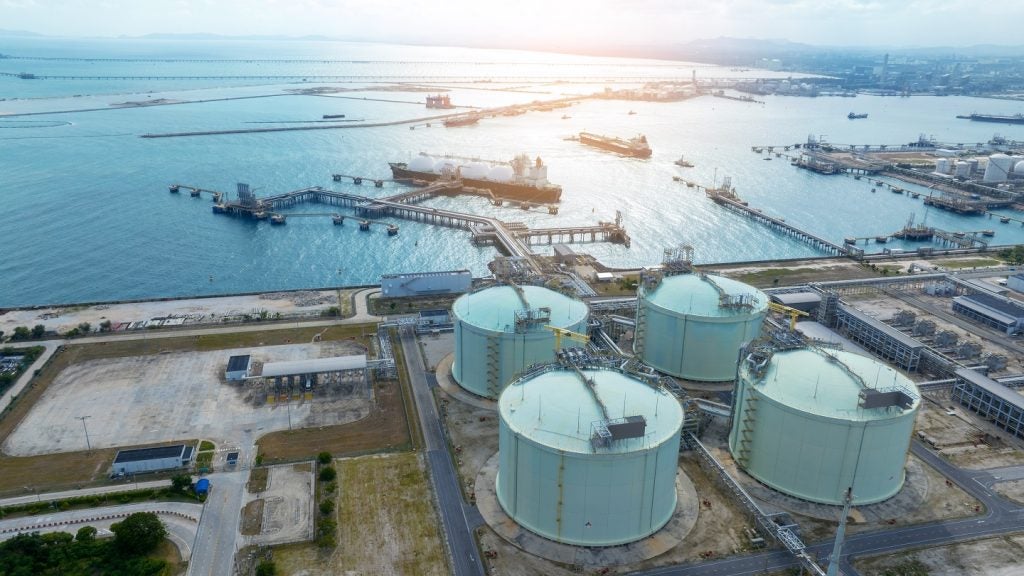
The highest-earning oil and gas companies lost billions in 2020 because of the Covid-19 pandemic. A trade war and massive slump in demand led the price of crude oil to fall and many wells to become unprofitable.
In 2021, revenues have started recovering, but practices have changed to work with a lower price of oil. At the same time, crude oil prices have more than recovered, causing several producers to increase profit predictions. Here, we list the top ten highest-earning oil and gas companies in 2021, according to their full-year earnings from 2020.
The biggest oil and gas companies by revenue
1. Sinopec, also known as China Petroleum and Chemical Corp – $323bn in 2020
Chinese state-owned Sinopec was one of the first companies to feel the effects of the pandemic when China imposed lockdowns in early 2020. Since then, the company has rapidly recovered.
While Chinese companies publish much less information than those in many other countries, official document show that Sinopec earned $323bn in 2020. According to GlobalData information, the company’s revenue fell by 28.8% in 2020. At the same time, net income fell by 43%, leaving Sinopec with a value of approximately $70bn.
The company’s refining and exploration/production units jointly made losses of approximately $22bn in 2020. However, earnings of $21bn from its marketing and distribution sector offset these losses.
How well do you really know your competitors?
Access the most comprehensive Company Profiles on the market, powered by GlobalData. Save hours of research. Gain competitive edge.

Thank you!
Your download email will arrive shortly
Not ready to buy yet? Download a free sample
We are confident about the unique quality of our Company Profiles. However, we want you to make the most beneficial decision for your business, so we offer a free sample that you can download by submitting the below form
By GlobalDataIn May, the first ship docked in the Sinopec Zhongke Refinery Port, the largest oil terminal in China. The dock includes a 300,000-ton berth and eight terminals, allowing a throughput of 5.61 million tons per year. More than 18,000 builders constructed the dock, with the first phased costing more than $6bn.
In line with China’s upcoming Five Year Plan, the company has moved toward developing hydrogen production. It has installed hydrogen refuelling stations in at least four provinces, and started developing infrastructure and technology for all colours of hydrogen.
2. PetroChina, part of CNPC – $296bn in 2020
PetroChina is the publicly listed arm of the state-owned company China National Petroleum Corp. According to its 2020 annual report, the company exceeded its post-pandemic expectations. Chairman Zhou Jiping put this down to focusing on high-yield developments during Covid-19’s spread.
Across the year, the company increased oil output by 4.8% and gas output by 9.9% compared to 2019. At the same time, it pushed the cost of gas production down by 8.3%, to $11.1 per barrel.
The company’s revenue fell by 23.2% in 2020, with PetroChina’s annual report stating that its financial position “remained stable”. Still, the company increased its full-year dividend by more than 20%. In 2021, PetroChina has achieved new record levels of gross profit, lifted by economic recovery and rising oil prices.
The company discovered hydrocarbon reserves in the Sichuan, Ordos, and Tarim basins, which it will now develop. Abroad, the company made discoveries in Chad and Kazakhstan. PetroChina aims to start reducing its emissions from 2025, reaching “near-zero” emissions by 2050.
3. Saudi Aramco – $230bn in 2020
In April 2020, Saudi Aramco achieved its highest-ever single-day crude oil production rate, at 12.1 million barrels per day. In August, it pumped a record 10.7 billion cubic feet of gas in a single day. At the same time, worldwide lockdowns forced Saudi Aramco to pump 6% less hydrocarbons than in 2019.
That year, Saudi Aramco floated itself on the Saudi Arabian stock market, although the company remains mostly owned by the Saudi Government. This link played a key role in 2020, when Saudi Arabia collaborated with other OPEC members and the Russian Government to limit oil production when demand declined. This made Saudi Aramco responsible for limiting its own production in mid-2020, aiming to push crude oil prices up.
The company’s capital expenditure fell by $6bn in 2020. However, Aramco spent some money in acquiring a majority stake of chemicals company Sabic in June. It also invested in a joint-venture materials company with oilfield service company Baker Hughes and agreed to build a chemicals plant in eastern Saudi Arabia with TotalEnergies.
The company attained pre-tax earnings of $101bn and a net income of $49bn in 2020, both around 60% of the previous year’s total. In 2021, the company has done significantly better, with profits almost tripling as oil prices recovered.
Saudi Aramco also joined the Hydrogen Council, which aims to accelerate hydrogen development. In August, the company sent a trial shipment of blue ammonia to Japan, testing hydrogen export infrastructure. However, the company’s flaring intensity slightly rose in 2020.
4. Royal Dutch Shell – $181bn in 2020
Shell, the highest-earning oil company not owned by a government, responded to the spread of the virus by cutting its spending and operating costs. It backed out of the Lake Charles LNG project and sold its Appalachian assets to ensure it had enough cash to respond to the threats of Covid-19.
The company still lost $21bn across the 2020 financial year. Most of this came as a result of revenue almost halving, falling to $180bn.
However, Shell still invested in several projects, such as LNG processing in Nigeria. As oil prices recovered, the company used the available income to pay down debts, later increasing its dividends. In 2021, the company sold many of its Canadian assets to Crescent Point Energy for approximately $707m. It also entered an agreement with Cairn Energy and Cheiron Petroleum Corp for onshore extraction in Egypt.
Alongside this, Shell continued its push into renewable ventures, with wind investments in the Netherlands and the US. The company also experimented with floating wind and airborne wind projects, while agreeing to a set of principles for the energy transition with seven other leading companies.
5. BP – $180bn in 2020
British giant BP also agreed to the transition principles after announcing a net-zero target shortly before the onset of Covid-19. The company’s financial mirrored those of Shell, with revenue falling to $180bn.
The company’s upstream segment recorded a net loss of $21bn across the 2020/21 financial year. Despite this, it maintained a cost per barrel of oil equivalent of approximately $6.30. The revised value of BP’s non-operating assets led to the loss of $16bn of value, though this would change with the value of oil rising.
In June, BP sold its petrochemicals business to Ineos for $4bn. In early 2020, the company started operations on the Alligin field, UK, and the Ghazeer field in Oman. Engineers achieved the first gas out put from Egypt’s Qattameya field in October 2020, while the ultra-deepwater R Cluster project in India produced its first gas in December 2020.
Meanwhile, the company continued its diversification efforts. It announced investment in US wind farms and a UK carbon capture project, as well as a green hydrogen project in Germany. Its Lightsource division developed several solar farms in the US, while its Chargemaster division installed electric vehicle charging stations throughout the UK.
6. ExxonMobil - $179bn in 2020
In 2020, ExxonMobil made its first quarterly loss since Exxon and Mobil merged in 1999. The company lost $22.4bn in the fourth quarter of 2020, compared to a $14.3bn profit one year before. Most of this came from the devaluation of its previously discovered reserves. Since then, the rising price of oil has boosted the company’s assets.
To adapt to the financial hardships of Covid-19, ExxonMobil wiped $10bn off its investments budget and cut operating costs by $7bn across 2020. This led 450 fewer wells to be drilled in 2020 compared to the year before. Regardless, crude liquids production across the year fell by only 80,000 barrels per day, though gas production fell significantly further.
The company’s upstream division went from earning $14bn in 2019, to losing $20bn in 2020. Revenue fell by approximately $77bn, though most analysts expect this to reverse again across 2021.
The company made three major oil discoveries in Guyana, while continuing to develop its leases in the country’s waters. In the US, a new processing and export facility opened, while construction on new chemical projects continued.
7. TotalEnergies, formerly known as Total – $120bn in 2020
In the last year, Total became TotalEnergies to emphasise the company’s move to broader energy investments. As with BP, its small renewables division fared reasonably well, but the company’s oil losses made 2020 a tough year.
Income from sales fell by $60bn compared to the year before. Overall net income went from $11.4bn in 2019 to a loss of $7.3bn in 2020. CEO Patrick Pouyanné praised the company’s actions that pushed its breakeven point down to $26 per barrel, helping with the “dual crisis” of Covid-19 and low oil prices.
Reservoir discoveries off the coasts of the UK, Egypt, and South Africa helped maintain the company’s assets. In the UAE, Total and ADNOC agreed to collaborate on developing carbon capture, utilisation, and storage applications. Soon after, the company announced it would invest in a Norwegian CCS scheme alongside Shell and Equinor.
In May 2020, TotalEnergies formally adopted a target of net zero by 2050. As part of this, Total bought 50% of a 2GW solar portfolio form Adani Green Energy, acquiring 20% of the company itself in 2021. Via a subsidiary, Total will itself develop a 2GW solar portfolio in Spain. In the UK, France, and South Korea, the company partnered to launch trial floating wind schemes.
Total also announced intentions to move into the vehicle charger market. The company acquired a contract to install 20,000 chargers in Amsterdam, and later acquired a charging network in London.
8. Chevron - $94bn in 2020
Chevron’s big moment in 2020 came with its acquisition of US shale oil and gas producer Noble Energy in October. Because of the heightened cost of production, the US shale sector felt the effects of a falling oil price more keenly than most. When Noble’s profit margins shrank and debts remained high, Chevron took the opportunity to acquire its reserves in a $4.2bn deal.
Meanwhile, Chevron had its own finances to think of. Losses peaked in the second quarter of 2020, when the company saw a net loss of $8.3bn. Across the whole year, the company made a net loss of $5.5bn, though net production remained mainly the same.
When several major companies paused or decreased their payments to shareholders in 2020, Chevron increased its dividend by 8%. In 2021, the company’s profits recovered, though had still not returned to pre-pandemic levels.
The company has also increased its production of biofuels by converting exiting refineries. The company has also joined the Hydrogen Council, later buying into a hydrogen joint venture and announcing plans to scale up its own hydrogen production. A collaboration with Algonquin Renewable Energy also saw construction begin on 500MW of renewable generation by Chevron.
9. Gazprom - $85bn in 2020
Throughout 2020, Gazprom continued construction of the politically controversial Nord Stream 2 pipeline. The pipeline, completed in September 2021, will transport massive quantities of gas from Russia to Germany. This will allow Gazprom easier access to the central European market, which has caused concern for eastern European countries that rely on Gazprom pipelines for income.
In June, construction began on an ice-resistant platform for the Astrakhan field, while drilling began on the Kharavskoye field. Gazprom continues negotiations with OMV over selling a stake in the Urengoyskoye field. In August, Gazprom discussed the possibility of a gas pipeline between Russia and China, crossing Mongolia.
Gazprom also announced its intention to develop its helium production upon the completion of the Amur Gas Processing Plant. The first unit of the plant came online in September 2021, producing 20 million cubic metres of the gas per year.
Sales fell from $29bn in 2019 to $22bn in 2020, partly because of production restrictions following Russia’s deal with OPEC. As a result, net profits fell from $10bn to a loss of $9.7bn.
10. Marathon - $70bn in 2020
Marathon almost halved its capital spending to deal with the pandemic, with further cuts in 2021. The company still had a tough year, broken up by a massive sale in August 2020.
Marathon’s sale of Speedway, its chain of vehicle filling stations, included a 15-year supply deal with buyer 7-Eleven. Marathon CEO Michael Hennigan said that the $21bn cash transaction allowed the company to “deliver on [its] commitment to unlock the value of assets”.
Including income from Speedway, Marathon’s adjusted raw earnings fell to $4.4bn in 2020, down from $11.1bn the year before. Most of this fall came from the company’s refining and marketing segment, where raw earnings went from $2.8bn to a loss of $5.1bn across the year.
In April 2020, Marathon set a goal of reducing emissions per barrel of oil by 30% by 2030. Since then, it has also started converting more refineries to make “renewable diesel” from plant products and use more energy-efficient equipment.






